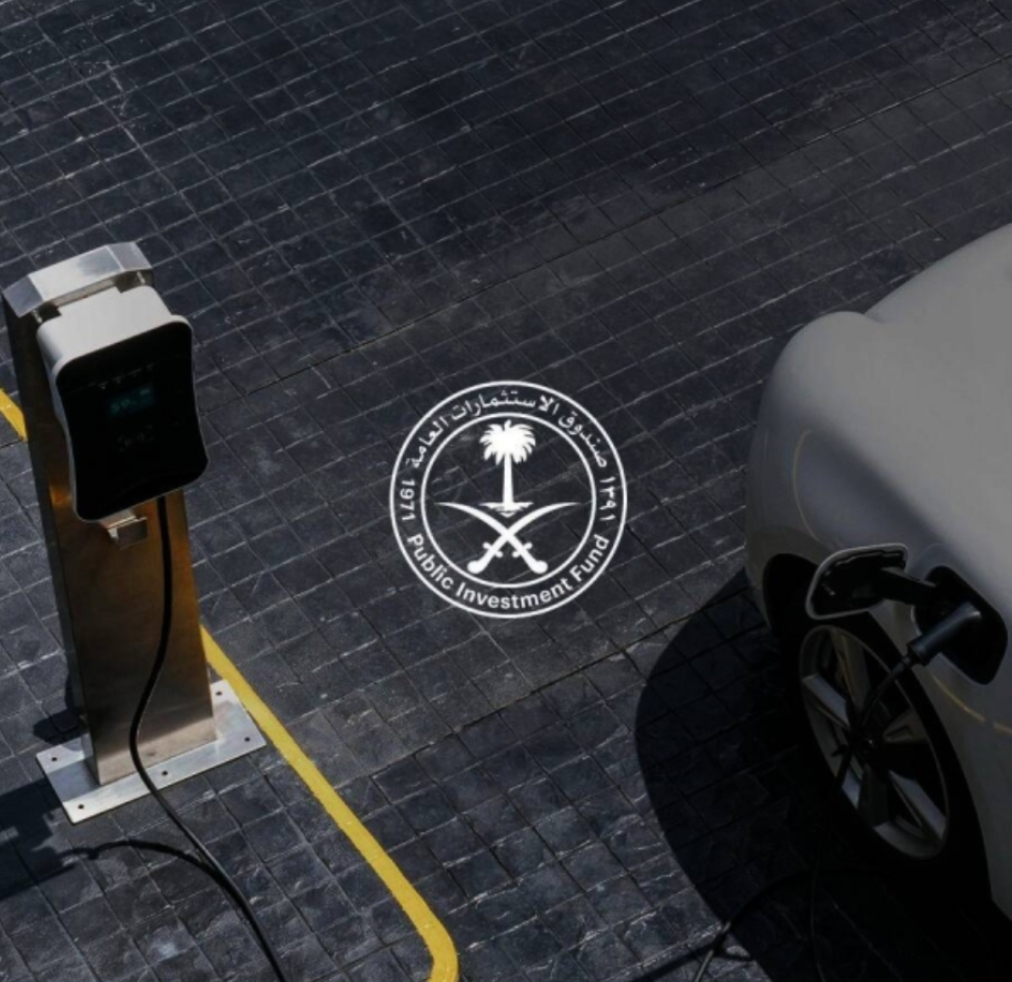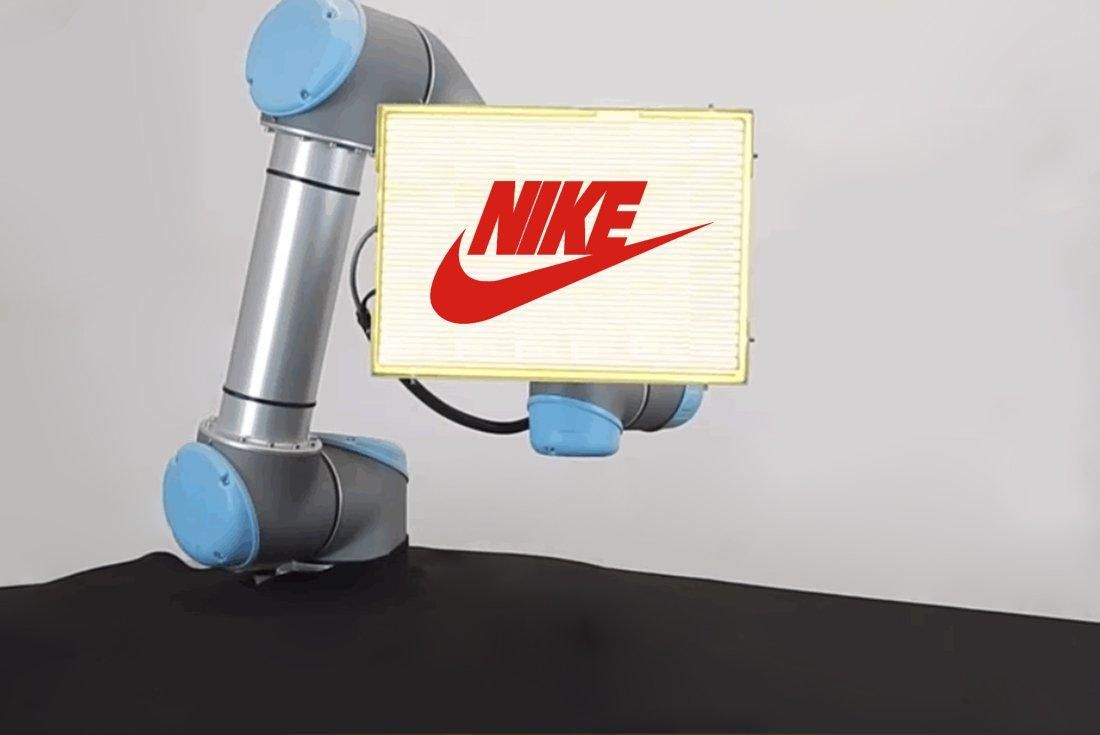Overcoming The Hurdles: Automating Nike Sneaker Manufacturing

Table of Contents
Technological Challenges in Automating Sneaker Production
Automating sneaker production presents significant technological hurdles. The intricate process of crafting a sneaker, from cutting and stitching to assembling and finishing, demands precision and adaptability.
Robotics and AI Integration
Integrating robots into sneaker manufacturing requires overcoming complexities in programming precise movements and ensuring dexterity with diverse materials. Tasks like stitching, gluing, and the assembly of intricate components require robots with advanced capabilities. AI plays a crucial role in quality control, identifying defects that might be missed by the human eye, and in predictive maintenance, anticipating and preventing equipment failures, thus minimizing downtime in automated sneaker production lines.
Specific robotic technologies being explored or utilized include:
- Collaborative robots (cobots): These robots work alongside human workers, sharing tasks and improving efficiency.
- Advanced vision systems: These systems enable robots to accurately identify and handle various materials and components.
Challenges in Robotics and AI Integration:
- Programming robots for complex, nuanced movements.
- Ensuring sufficient dexterity to handle variations in materials and components.
- Managing the integration of various robotic systems within a complex production line.
Material Handling and Supply Chain Automation
Efficient material handling is crucial for automated sneaker production. Automated guided vehicles (AGVs) and sophisticated conveyor systems are vital in transporting materials smoothly and efficiently within the factory. Furthermore, integrating automation into the broader supply chain, from raw material sourcing to distribution, is essential for optimizing the entire manufacturing process.
Challenges in Material Handling and Supply Chain Automation:
- Managing the diverse types and sizes of materials used in sneaker manufacturing.
- Preventing bottlenecks and ensuring a smooth flow of materials throughout the production process.
- Optimizing inventory management to minimize waste and storage costs.
Economic Considerations of Automation in Sneaker Manufacturing
The economic implications of automating Nike's sneaker production are multifaceted, encompassing initial investments, long-term cost savings, and the impact on labor.
Return on Investment (ROI) and Cost Analysis
Automating sneaker manufacturing requires substantial upfront investment in robotic equipment, software, and integration infrastructure. However, the potential for long-term cost savings through increased efficiency and reduced labor costs is significant. Factors affecting ROI include production volume, maintenance expenses, and the cost of integrating automation across the entire production process.
Factors Influencing Cost:
- Upfront investment in automation equipment and software.
- Ongoing maintenance and repair costs.
- Potential job displacement and associated retraining costs.
Impact on Labor and Employment
Automation inevitably raises concerns about job displacement. However, the transition can be managed strategically through reskilling and upskilling initiatives. While some roles might be automated, new, higher-skilled jobs in areas like robotics maintenance, programming, and AI system management will emerge, creating opportunities for existing employees and attracting new talent.
Addressing Job Displacement:
- Proactive training programs to equip workers with skills for new roles in automated manufacturing.
- Collaboration between Nike, its workforce, and relevant educational institutions.
- Investing in programs to support employees transitioning to new career paths.
Ethical and Social Implications of Automating Nike Sneaker Production
The ethical and social implications of automating Nike's sneaker production are crucial considerations, encompassing sustainability, environmental impact, and fair labor practices.
Sustainability and Environmental Impact
Automated manufacturing processes can contribute to a more sustainable production model. By optimizing energy consumption and reducing waste, automation can significantly lessen the environmental footprint of sneaker manufacturing. This can be further enhanced through the adoption of sustainable materials and environmentally friendly manufacturing processes.
Minimizing Environmental Impact:
- Implementing energy-efficient automation systems.
- Reducing waste generation through optimized production processes.
- Utilizing sustainable materials and reducing reliance on resource-intensive materials.
Fair Labor Practices and Worker Well-being
While automation may displace some jobs, it can also improve worker well-being by creating safer working conditions and reducing the need for repetitive, physically demanding tasks. Maintaining ethical labor practices throughout the automation process is paramount, ensuring fair compensation, safe working environments, and respect for workers' rights.
Prioritizing Ethical Considerations:
- Ensuring worker safety through robust safety protocols and equipment.
- Maintaining fair compensation and benefits packages for employees.
- Promoting a positive and respectful work environment.
Conclusion
Automating Nike sneaker manufacturing presents both challenges and opportunities. Successfully navigating the technological, economic, and ethical considerations is vital for creating a truly efficient and sustainable production system. By strategically implementing automation, Nike can enhance productivity, improve product quality, and solidify its position in the global footwear market. The future of Nike's manufacturing process, and indeed the entire footwear industry, depends on overcoming the hurdles and embracing the innovative potential of automated sneaker manufacturing. Learn more about the latest advancements in automated manufacturing and discover how Nike is leading the way in automating sneaker production by visiting [link to relevant resource].

Featured Posts
-
 Ftc To Appeal Activision Blizzard Acquisition Decision
Apr 22, 2025
Ftc To Appeal Activision Blizzard Acquisition Decision
Apr 22, 2025 -
 Wildfire Betting Exploring The Ethics And Implications Of Wagering On Natural Disasters In Los Angeles
Apr 22, 2025
Wildfire Betting Exploring The Ethics And Implications Of Wagering On Natural Disasters In Los Angeles
Apr 22, 2025 -
 A Timeline Of Karen Reads Murder Cases
Apr 22, 2025
A Timeline Of Karen Reads Murder Cases
Apr 22, 2025 -
 Saudi Aramco And Byd Partner To Explore Electric Vehicle Technology
Apr 22, 2025
Saudi Aramco And Byd Partner To Explore Electric Vehicle Technology
Apr 22, 2025 -
 Why Nike Shoe Production Remains A Challenge For Robots
Apr 22, 2025
Why Nike Shoe Production Remains A Challenge For Robots
Apr 22, 2025
